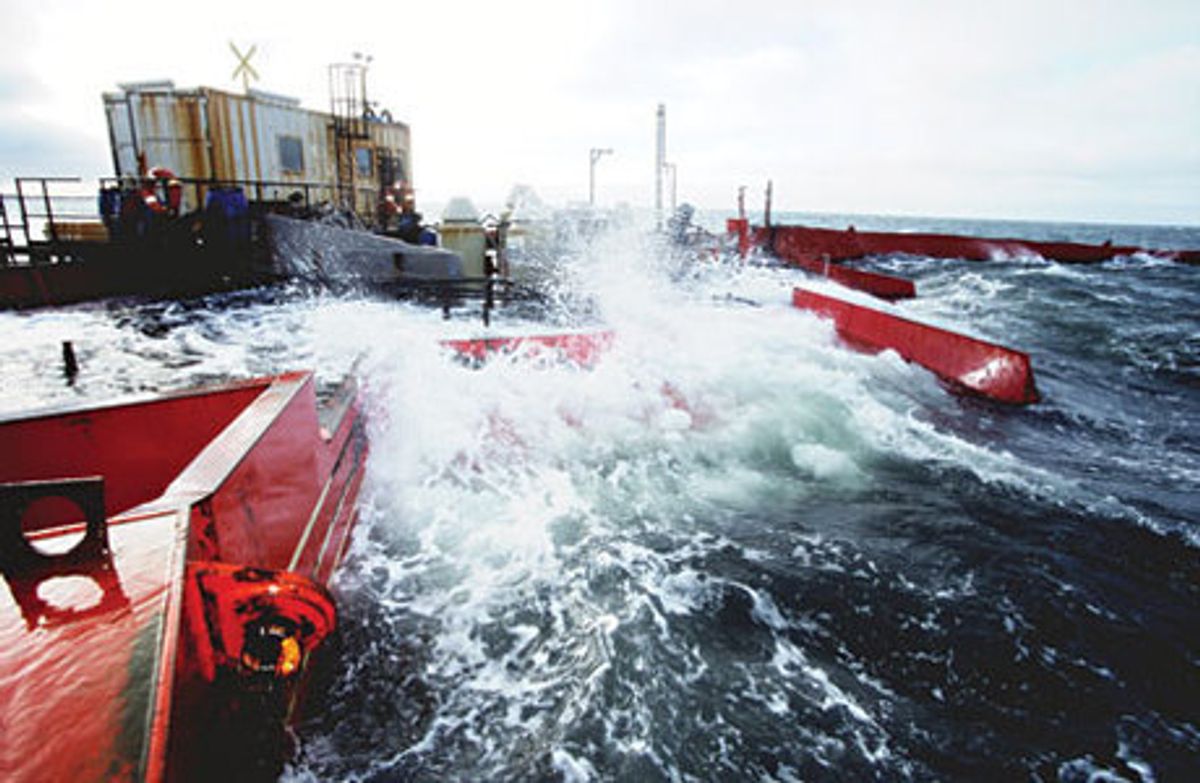PG&E has announced it's ditching, at least for now, a 5 MW tidal energy project that had been slated for the coast of Humboldt County in northern California. The utility cited excessively high investment costs--including $50 million just to cover transmission infrastructure--and absence of any potential for physical expansion. Pacific Gas & Electric cancelled another plan for a tidal project in northern California last year but is continuing to pursue one near Santa Barbara.
So far, the Federal Energy Regulatory Commission has issued just one license for a tidal project in the United States, and that one is dormant, the owner having surrendered it after failing to raise funds, according to Energy Central's Ucilia Wang.
The bad news on the U.S. side of the pond pales, however, with the recent news from the UK. The British government said two weeks ago it was giving up plans for a giant tidal plant to be built across the Severn estuary that cuts into southwestern England north of the Wales peninsula. The gigantic 8 GW facility consisting of 214 4o MW turbines would have been gigantically expensive to build: 20 billion pounds according to its promoters, more like 34 billion according to the British government--which said the project had turned out to be too risky and too expensive compared to other sources of low-carbon electricity.,
Scotland's 10 billion pound tidal challenge remains very much active, but England's decision does cast serious doubt on whether Scotland will ever generate 25 percent of the UK's electricity, as the Scots claim they could do.
Concurrently with the Severn decision, the British government approved eight sites for construction of new nuclear power plants.



